The Detroit Lions' 2018 running back depth is an example of how the franchise has tried in the last decade to add impact to an underperforming position that is showing signs of emerging from a rebuild mode.
The draft, free agency and development of young players are all present in the makeup of the position in what has been a concerted effort by general manager Bob Quinn and head coach Matt Patricia to improve a running game that ranked last in the NFL in 2017.
There is promise of better days on the horizon, but two factors unrelated to personnel strategy cannot be discounted.
Luck and timing – good and bad – have been key factors for the Lions, both in the last decade and deeper in history.
Good luck and timing combined to bring in franchise stars Billy Sims and Barry Sanders in the draft.
More recently, bad luck – in the form of injuries – brought an early end to the careers of Jahvid Best and Mikel Leshoure, and cost Ameer Abdullah all but two games of the 2016 season after he'd been off to a good start.
And the wrong choice in draft picks – as happened in 2008 – can have lasting impact.
Following is a look at what the Lions have done to build a running game this year, and some key events that made an impact in the past:
2018:Traditional methods were used this offseason to upgrade the position.
In free agency, LeGarrette Blount was signed to add a power runner with a track record of excelling in short yardage.
In the draft, the Lions traded up in the second round to take 2017 SEC rushing leader Kerryon Johnson of Auburn. Fullback Nick Bawden of San Diego State was taken in the seventh round. Unfortunately, bad luck struck when Bawden sustained an injury in the offseason that put his immediate future in doubt.
Already on board were Abdullah, a 2015 second-round pick who has shown signs of big-play ability; 2013 sixth-round pick Theo Riddick, who has developed into one of the league's top receiving backs; Zach Zenner, a valuable backup and hard-core performer who made the roster as an undrafted rookie in 2015; and Dwayne Washington, a 2016 seventh-round pick who has yet to make an impact.
In a less traditional move, Nick Bellore was switched from linebacker to fullback in his eighth pro season and second as a Lion.
One other addition cannot be discounted. Frank Ragnow was drafted in the first round and plugged in immediately as the starter at left guard on the offensive line.
Bottom line: What looks good on paper and in offseason workouts has to be proven when the pads come on in training camp and in games that count. Patricia was understandably cautious when talking about the running game during the mandatory minicamp.
View the best photos of the offense from the final week of 2018 Detroit Lions OTAs.
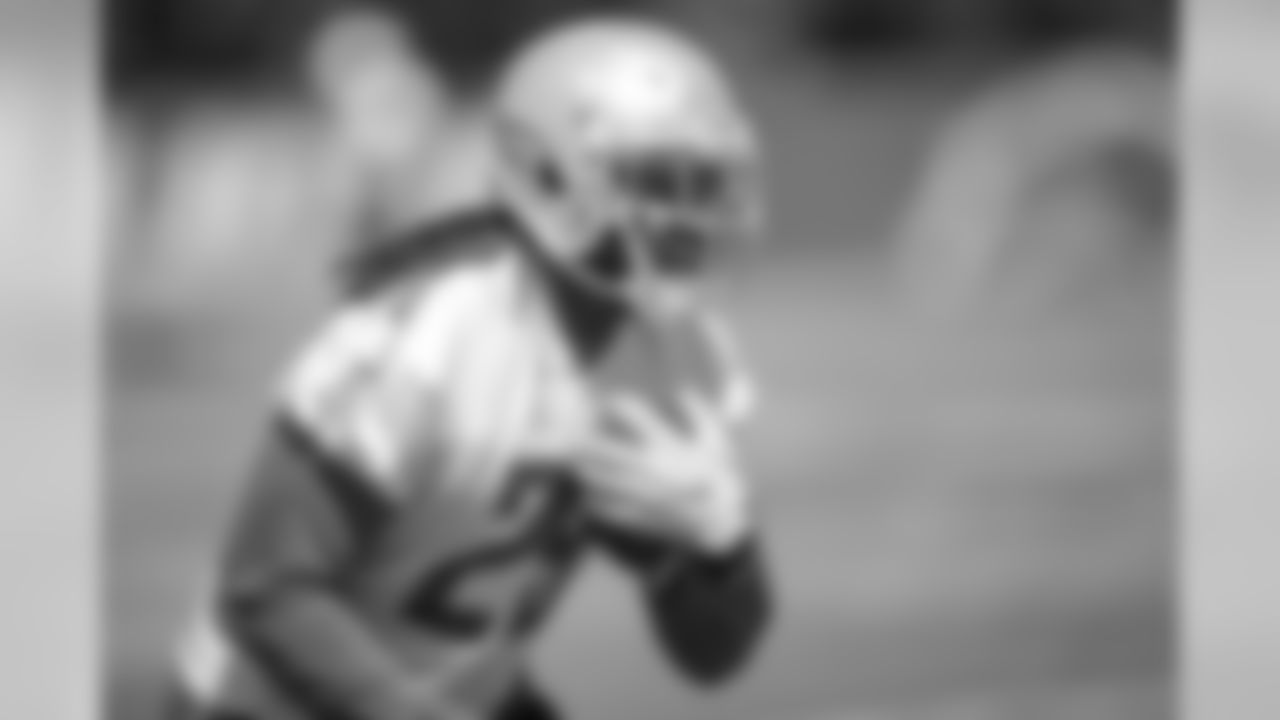
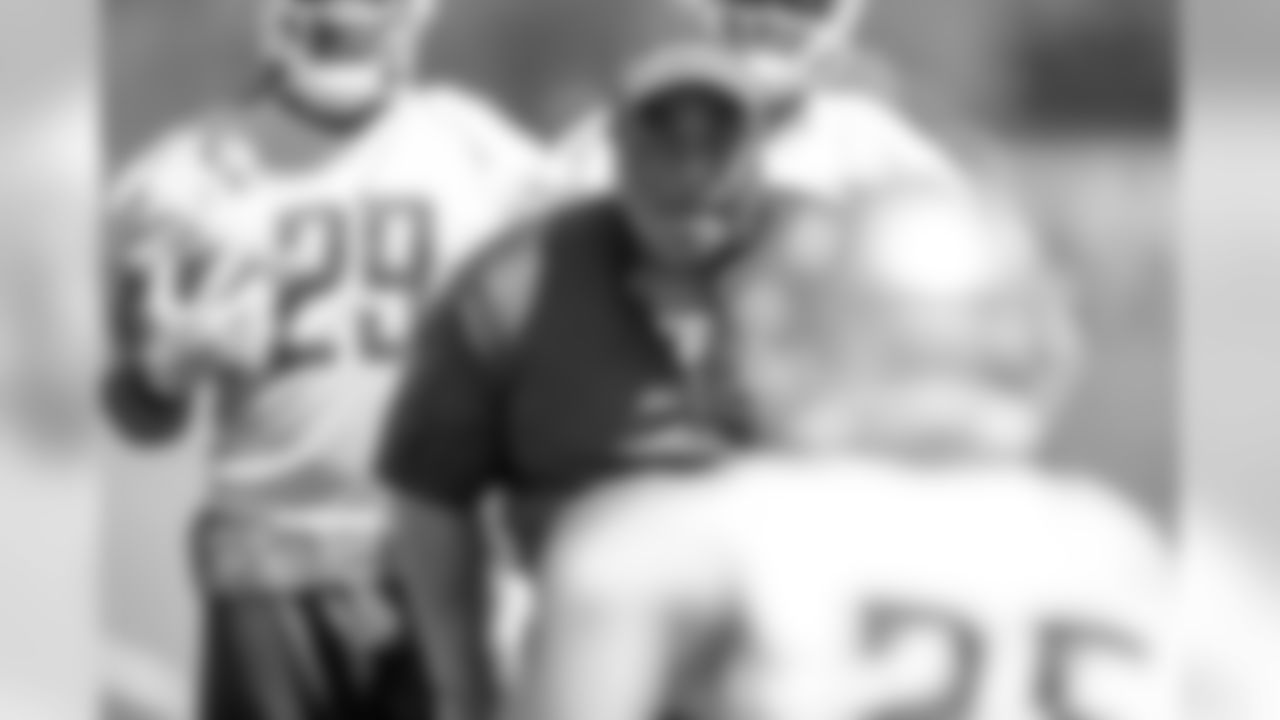
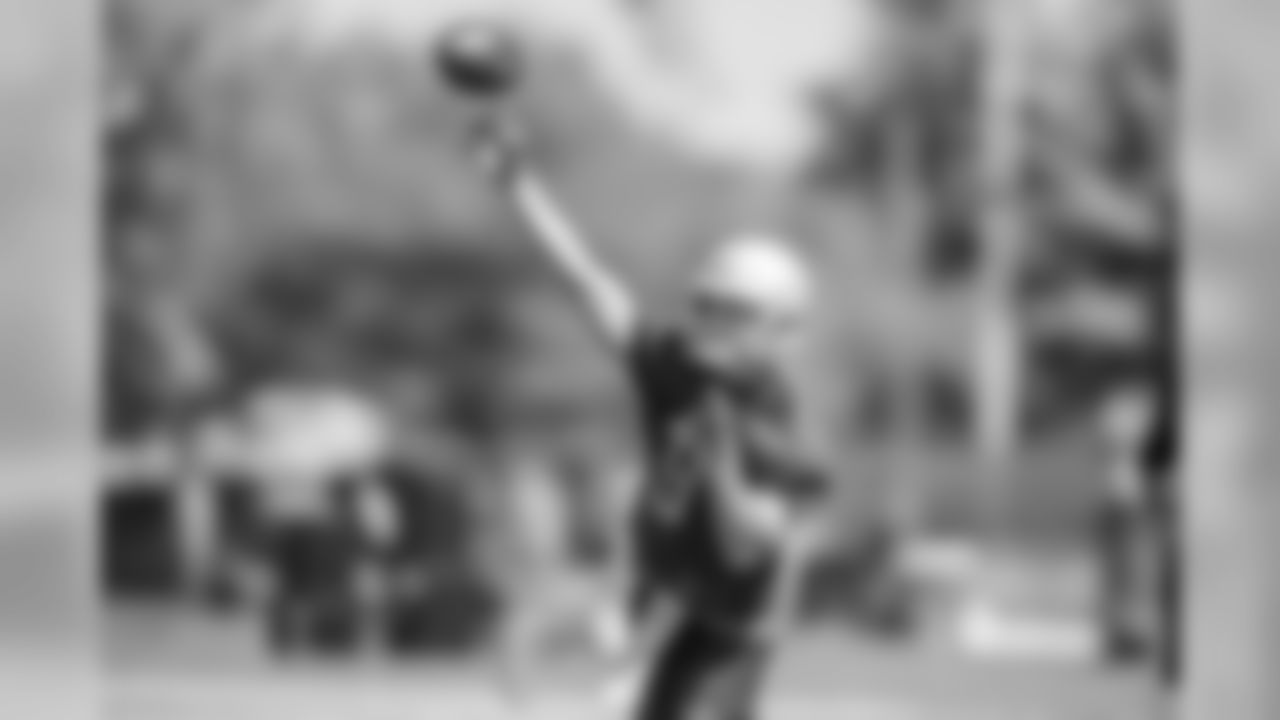
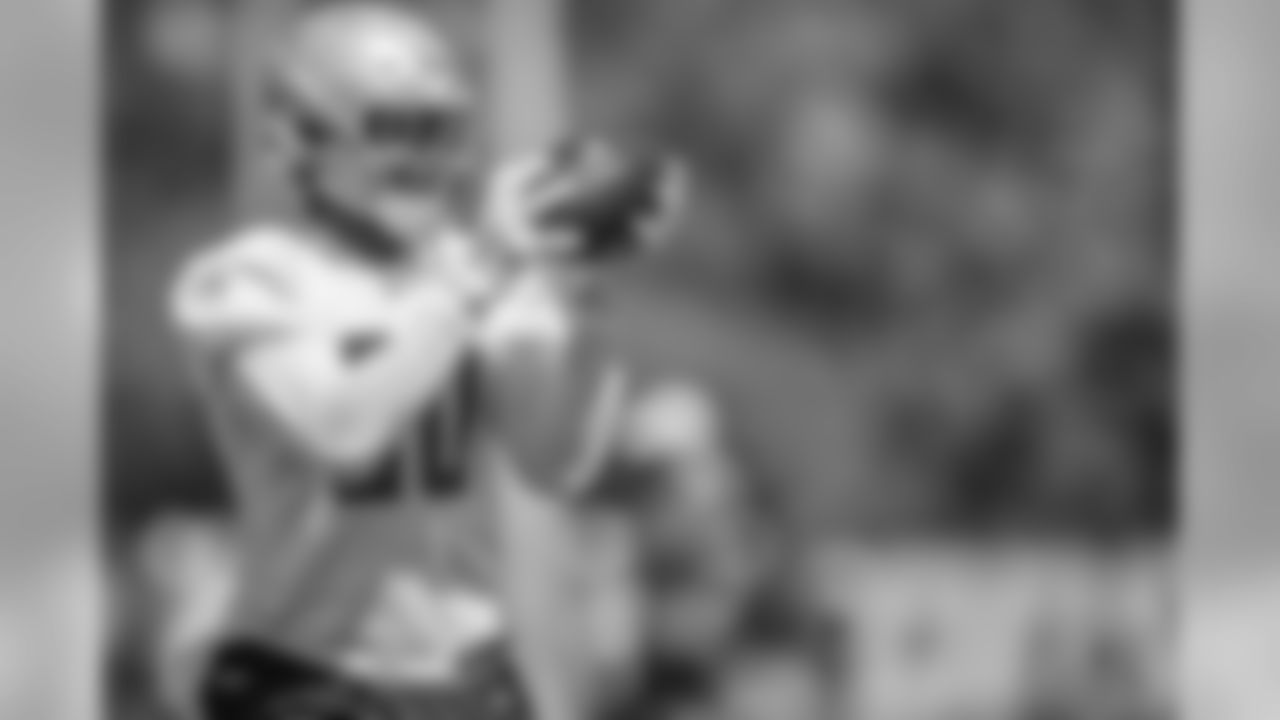
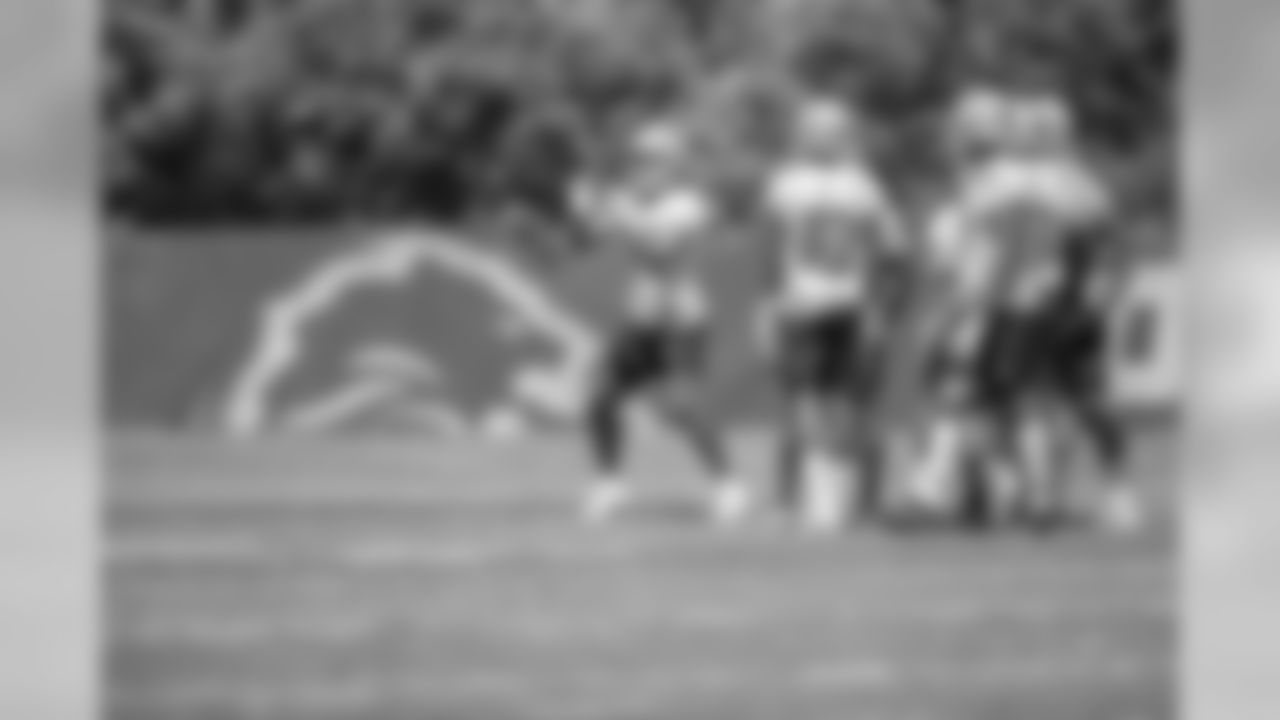
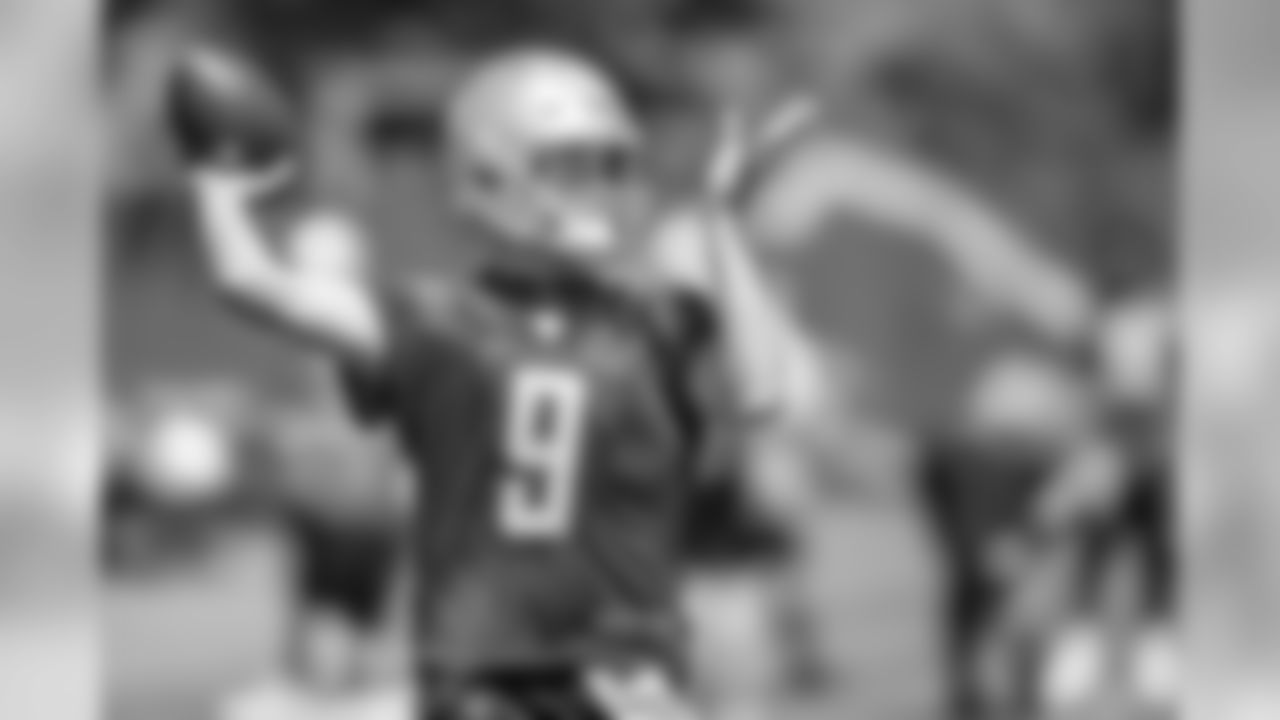
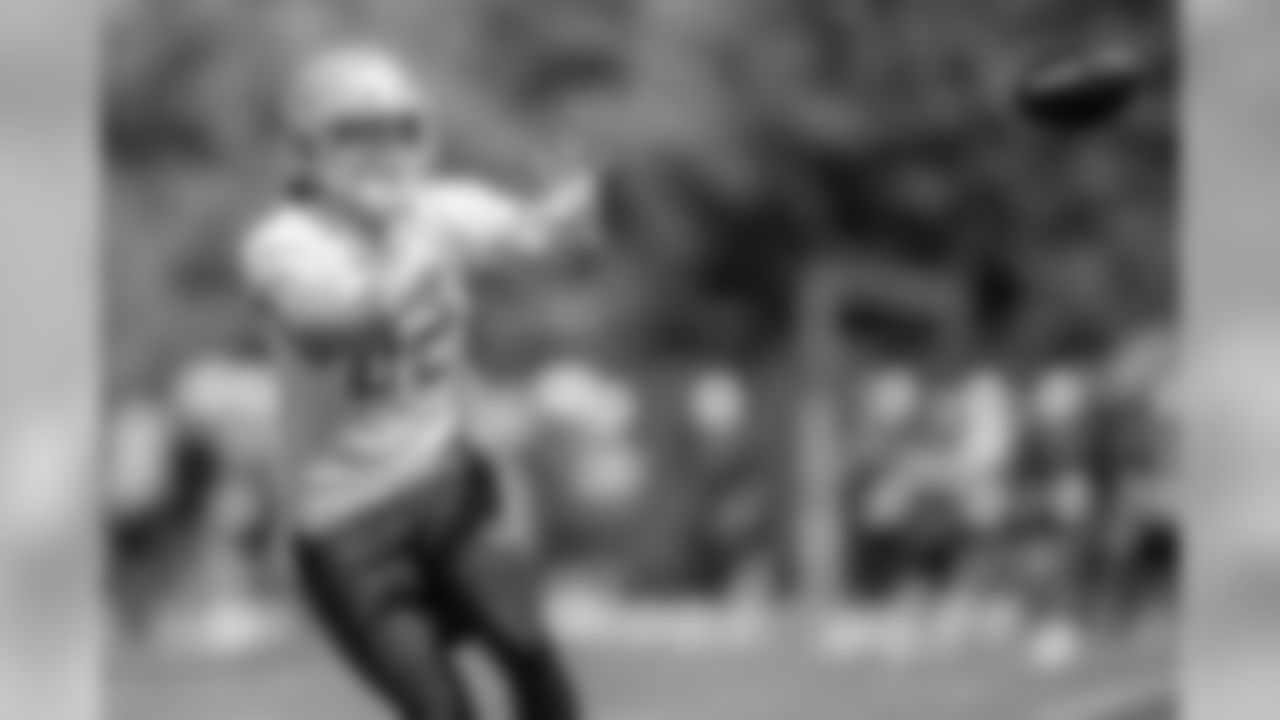

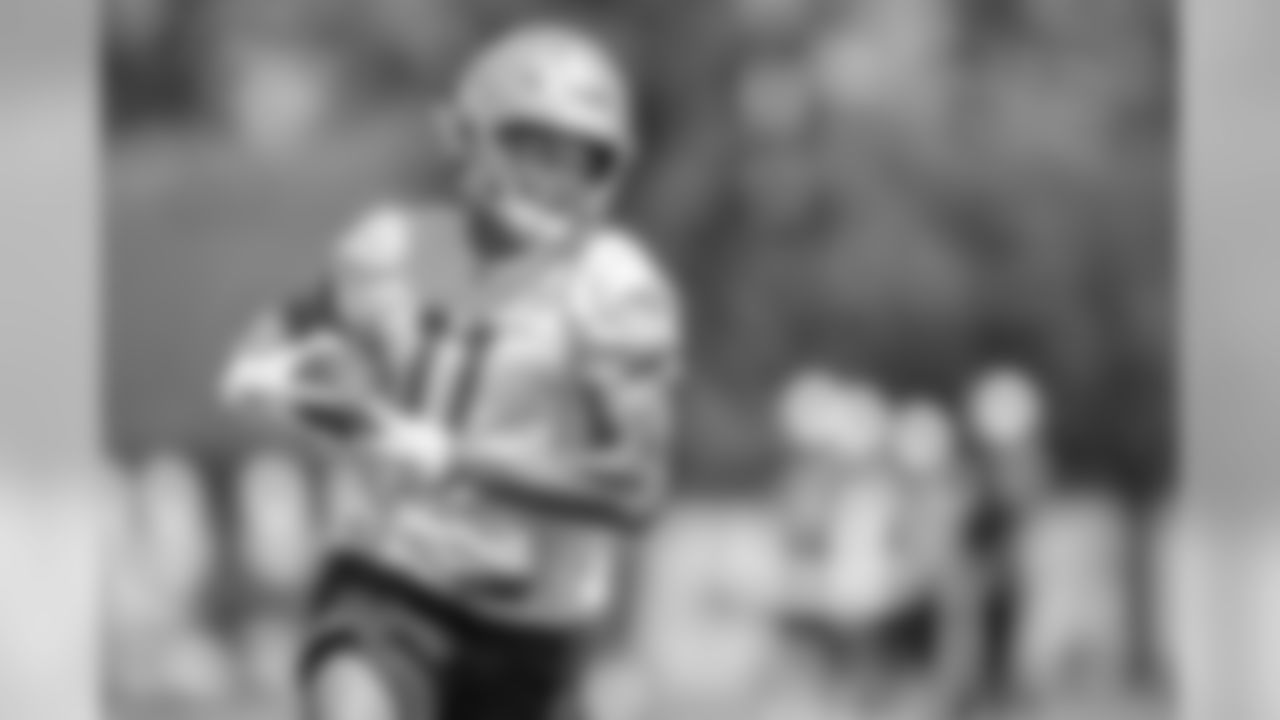


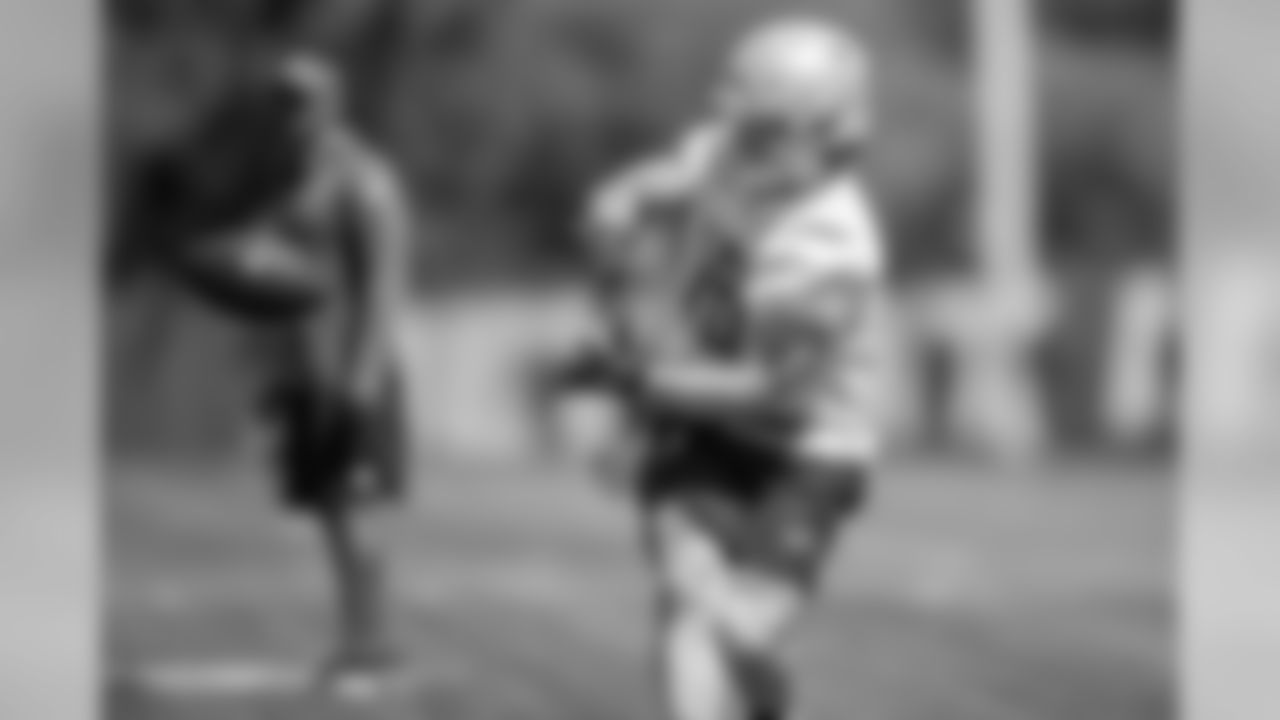

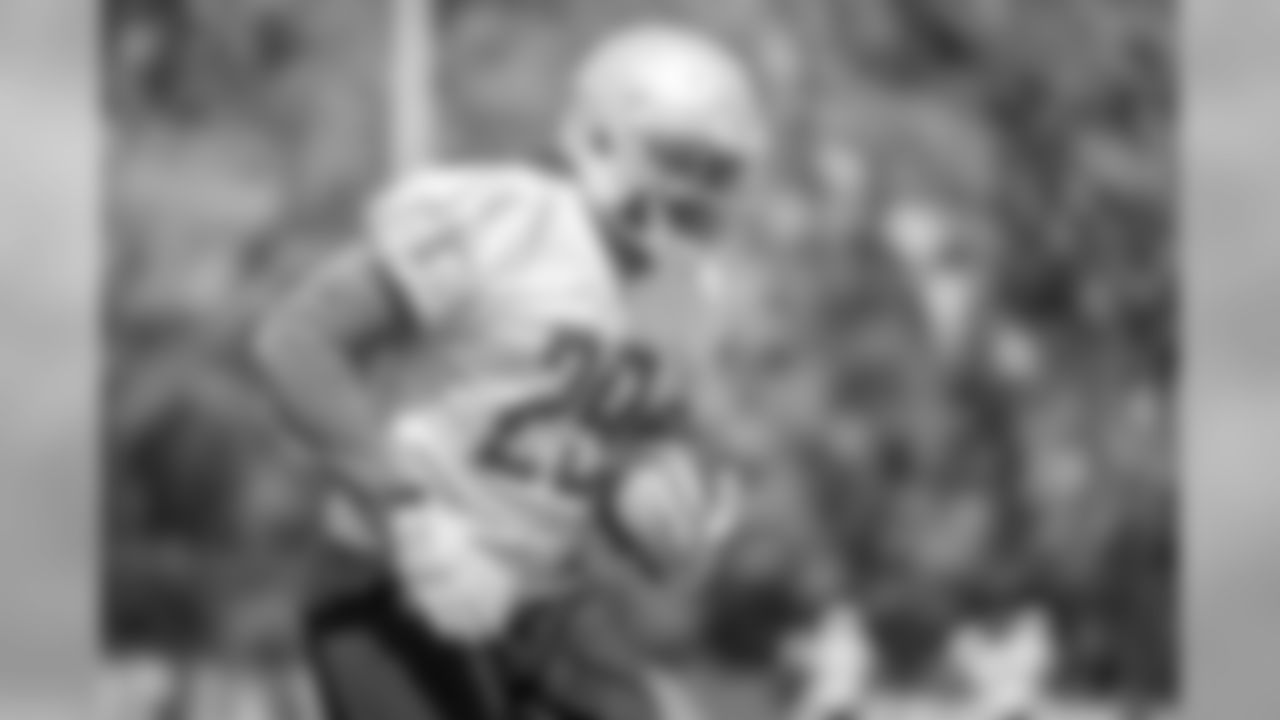

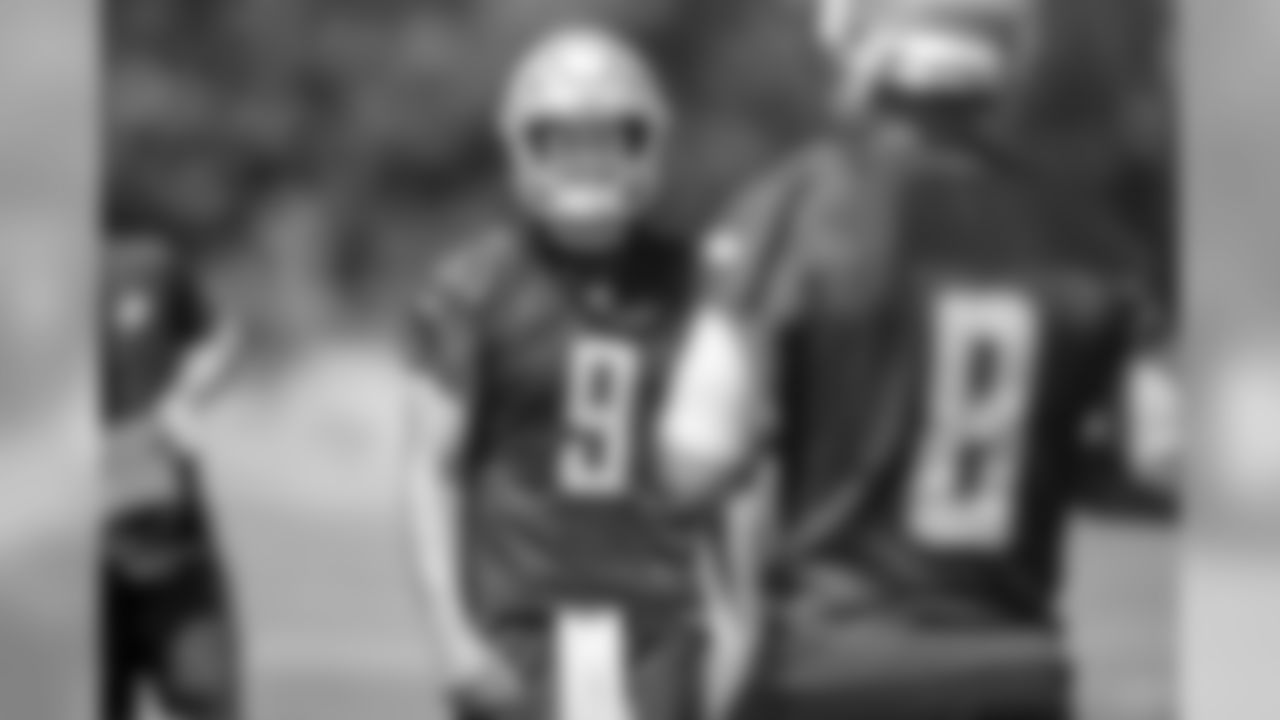
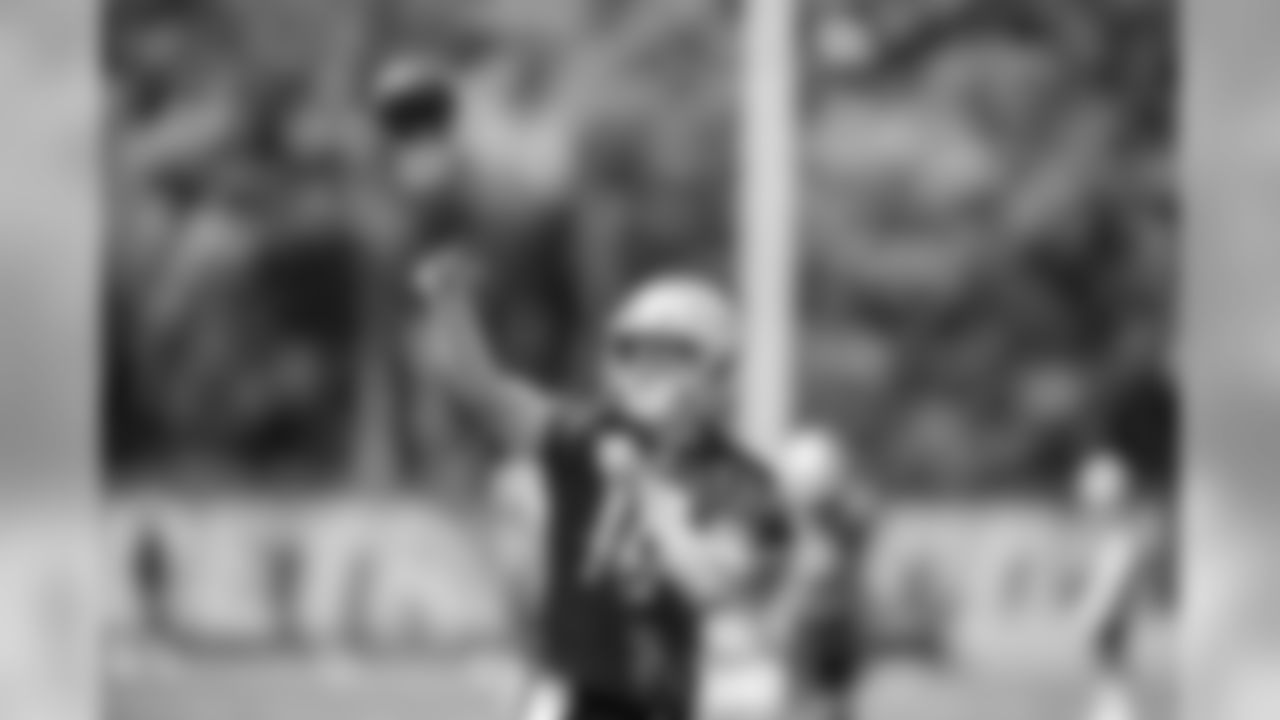
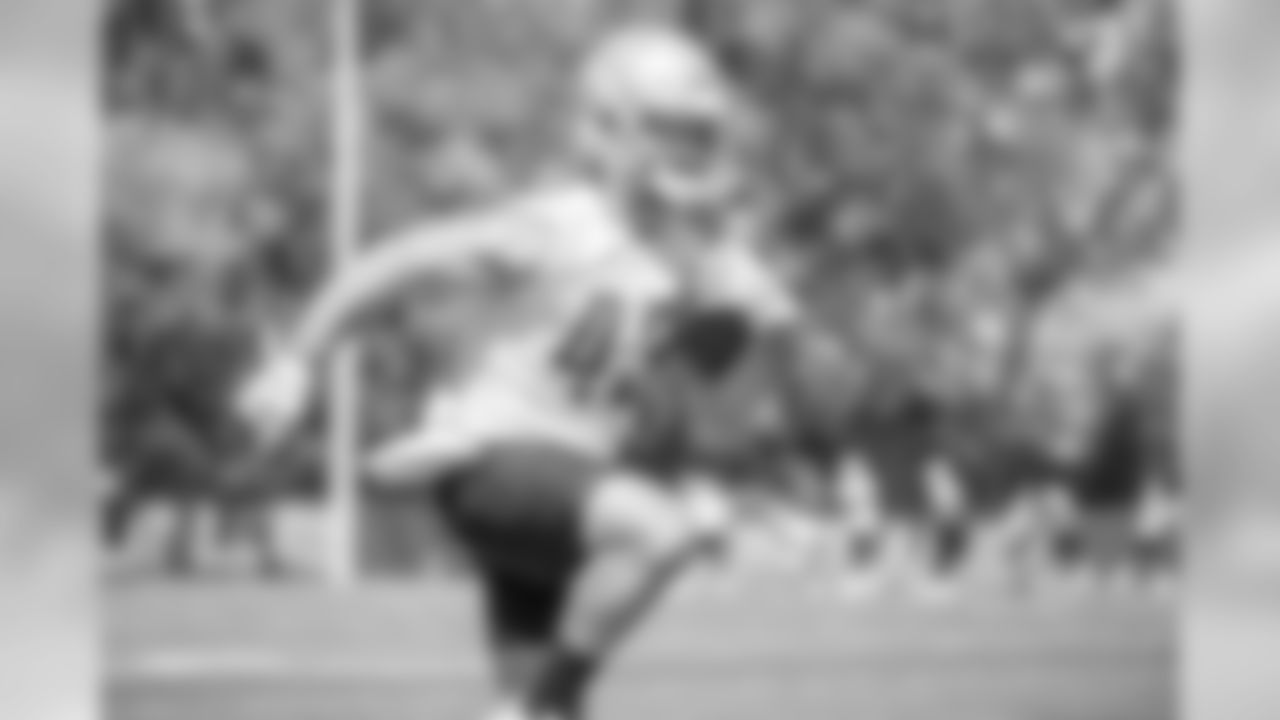
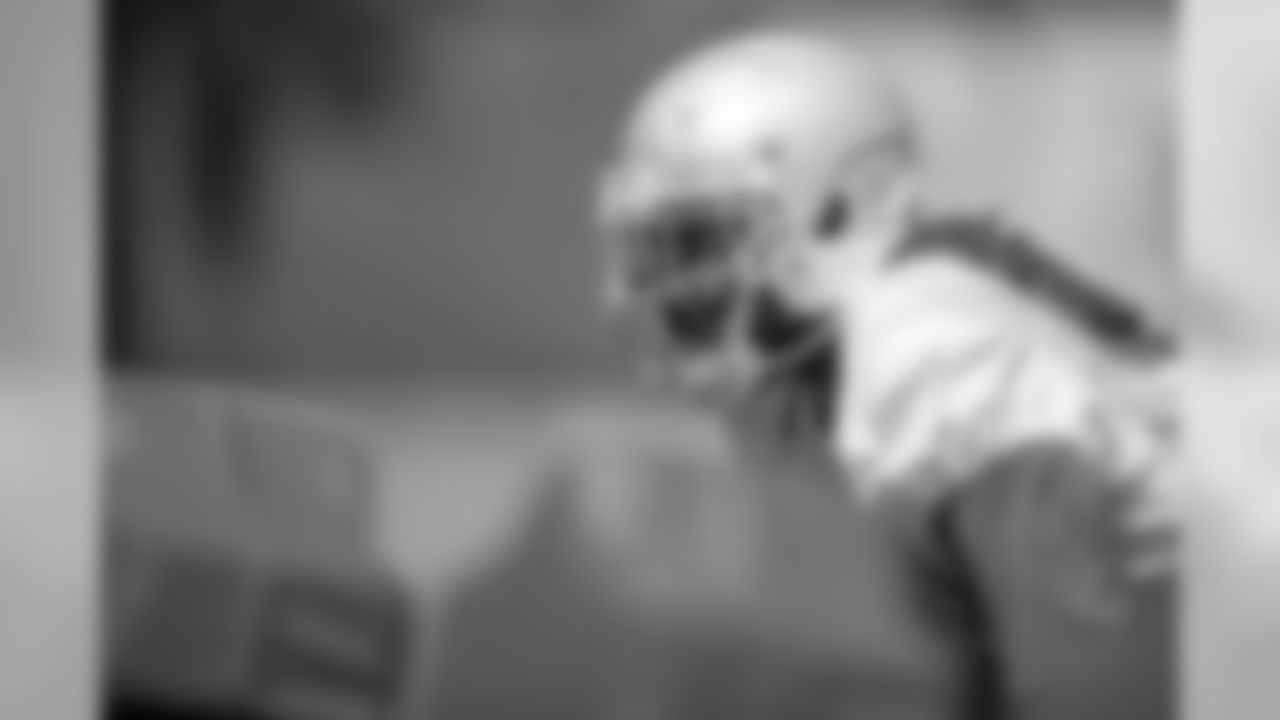

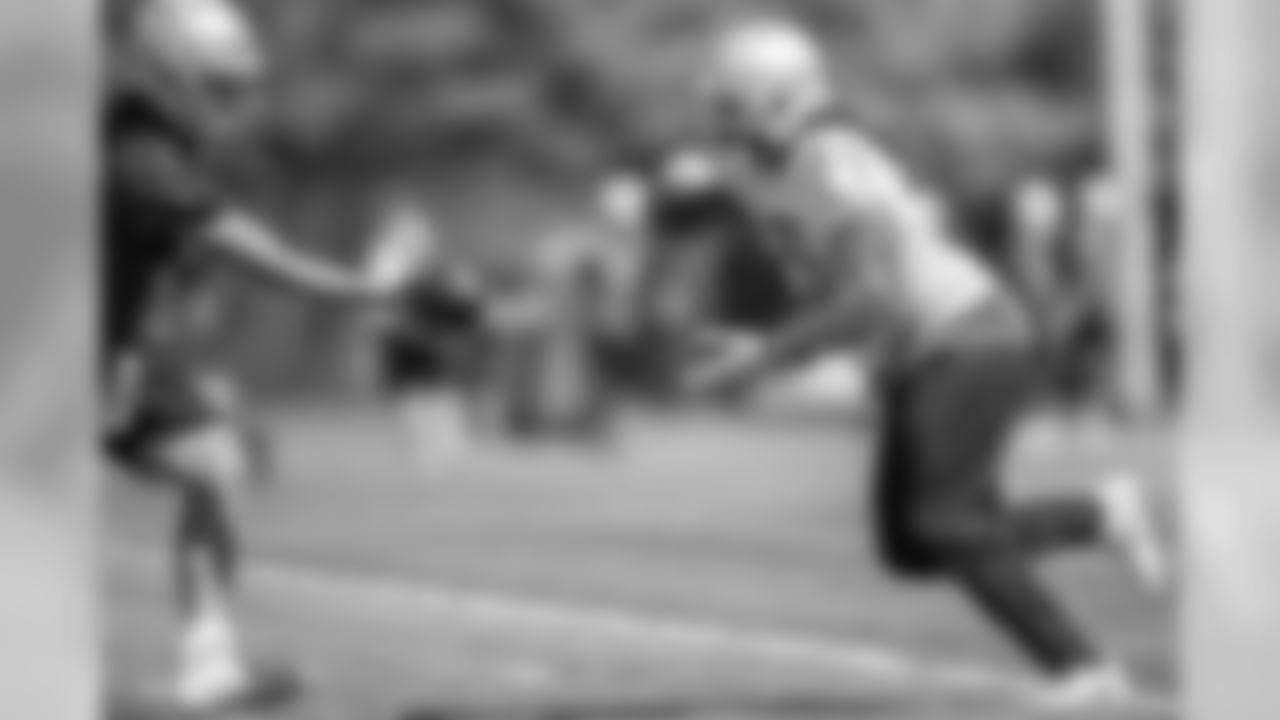
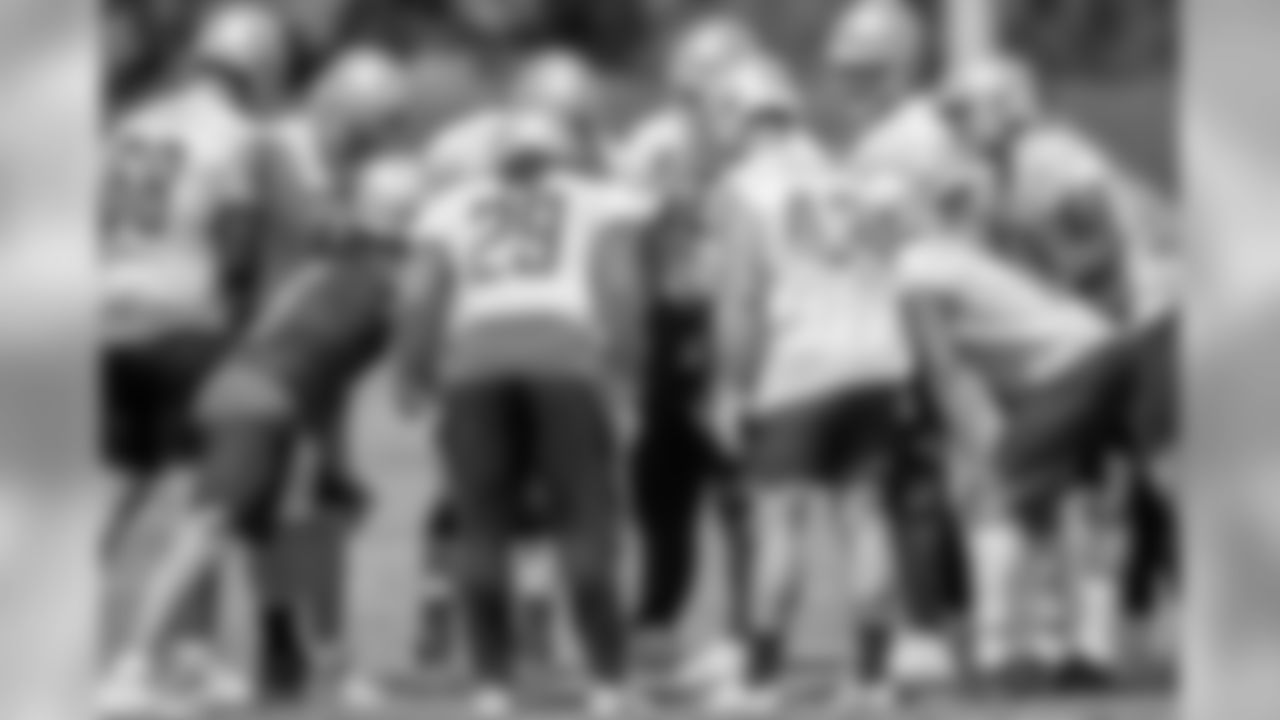
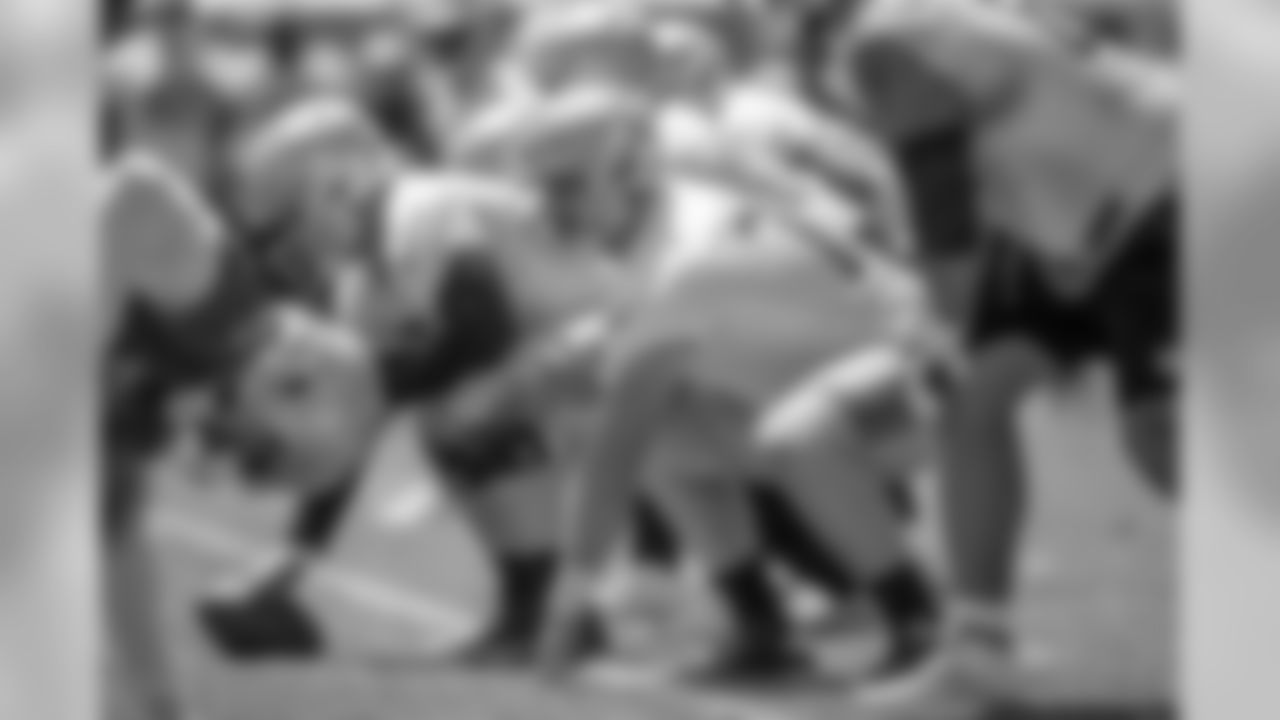
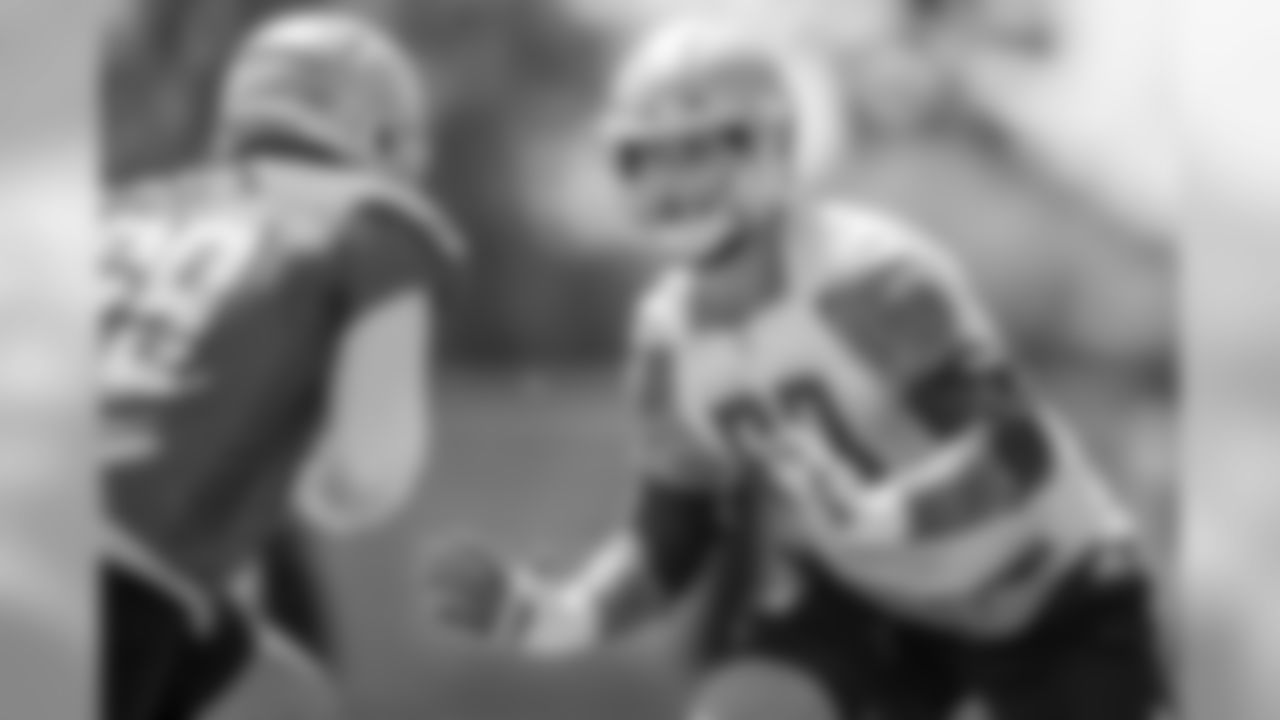
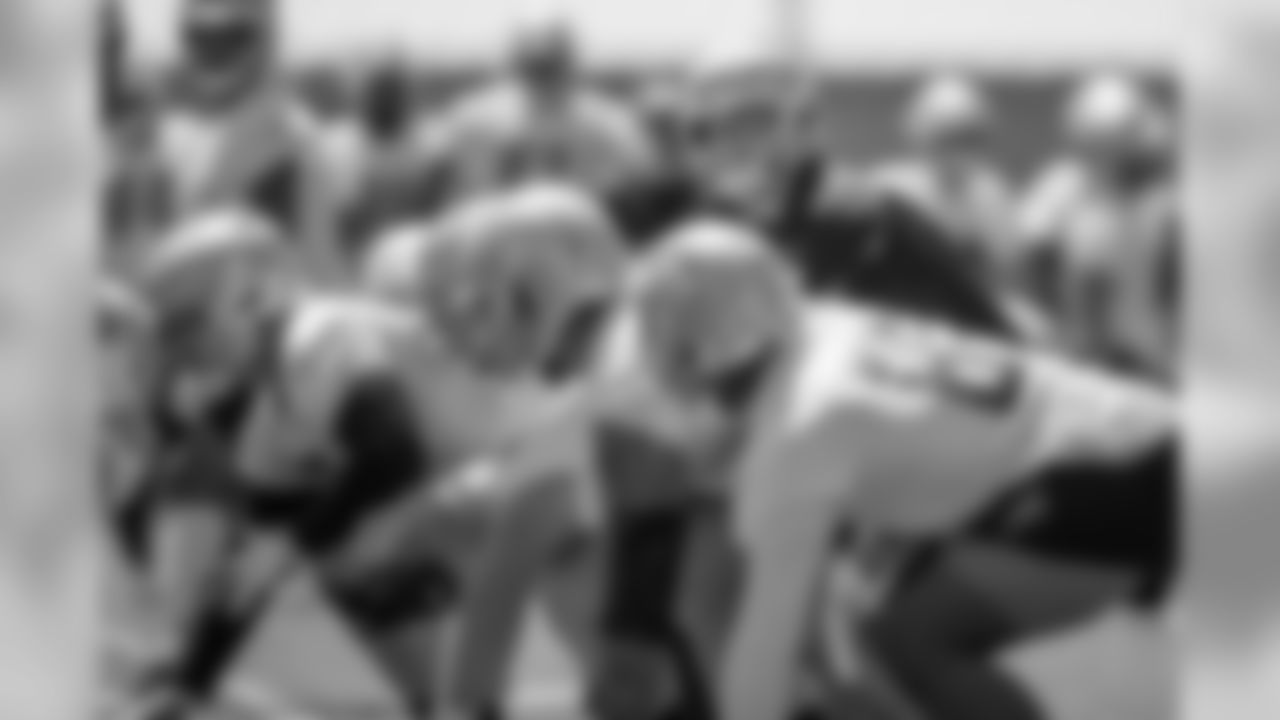

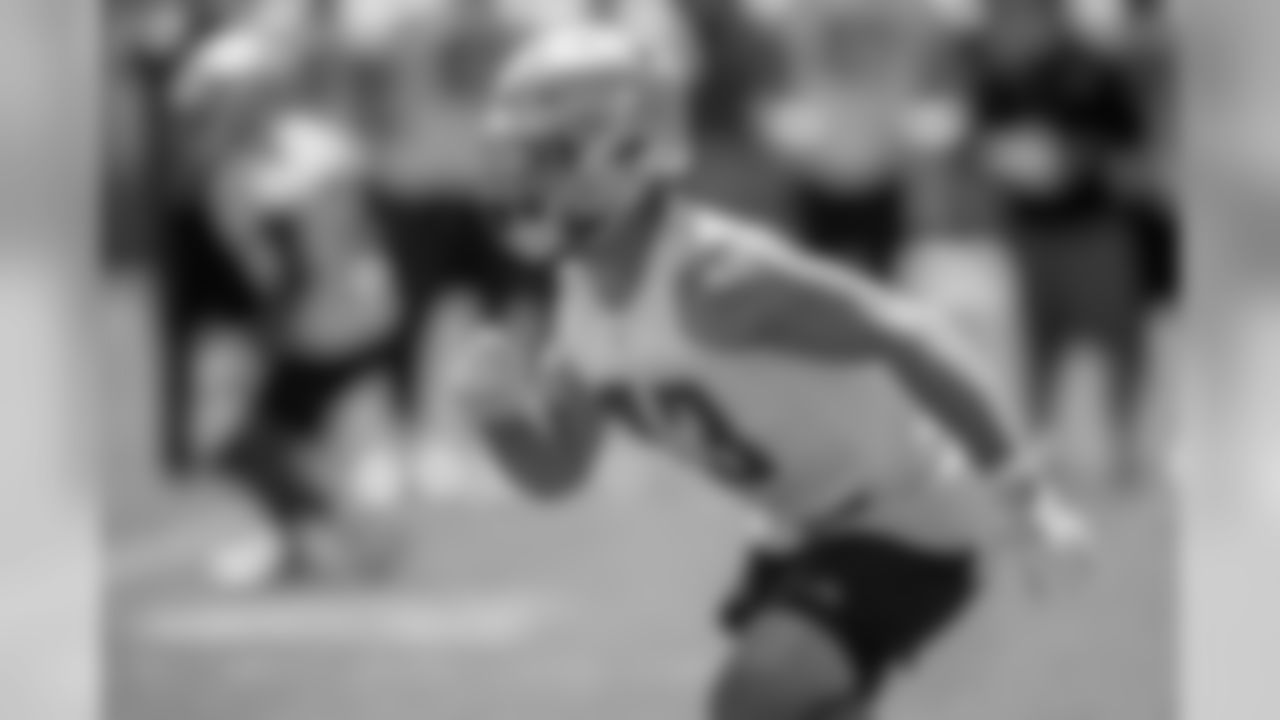
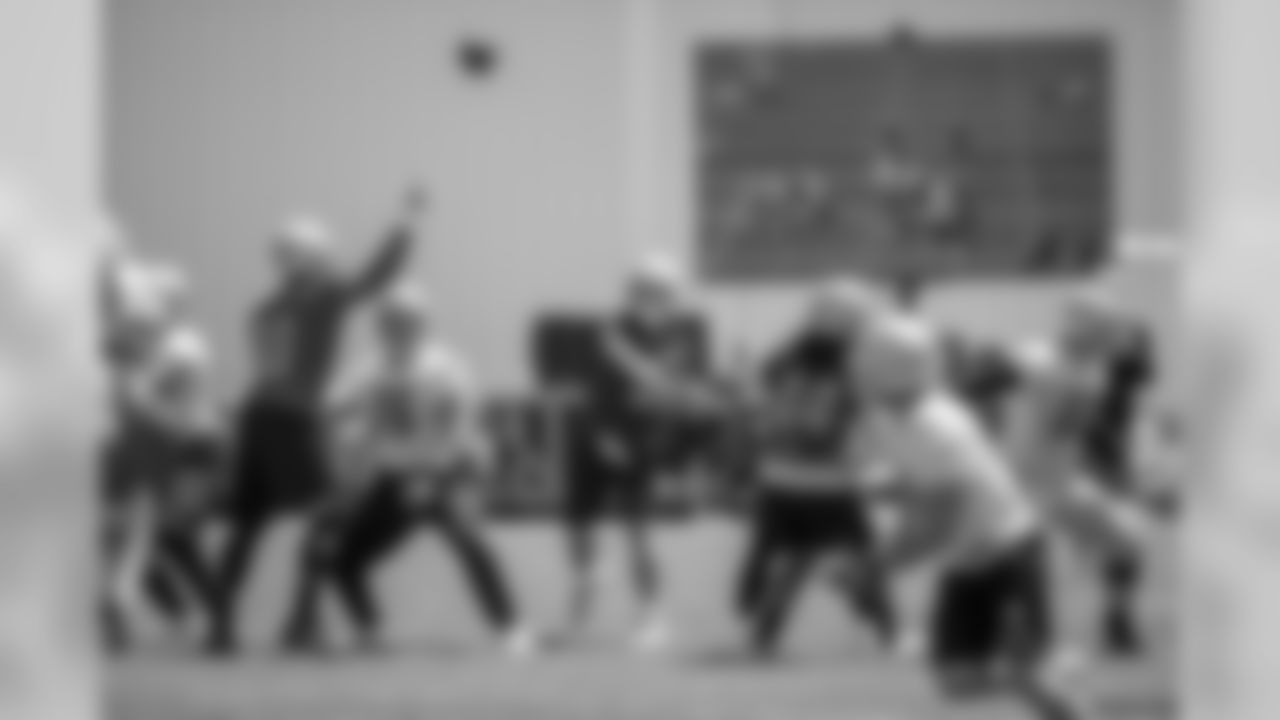
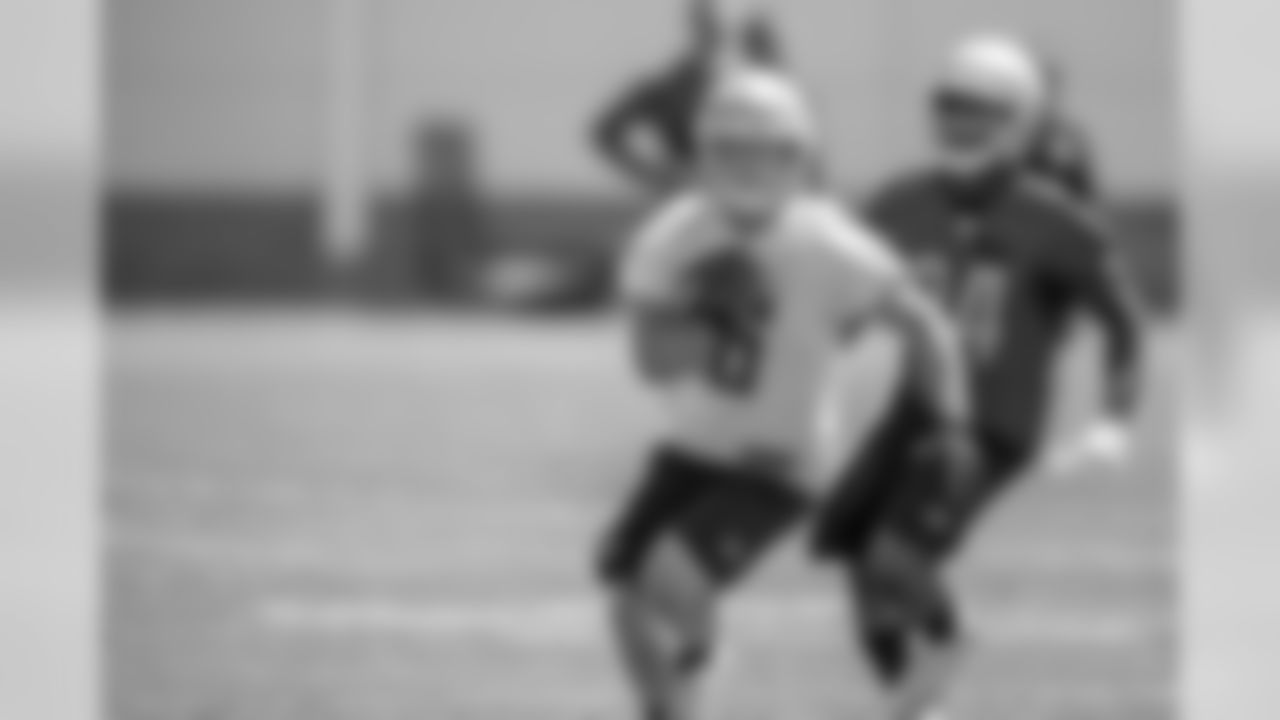
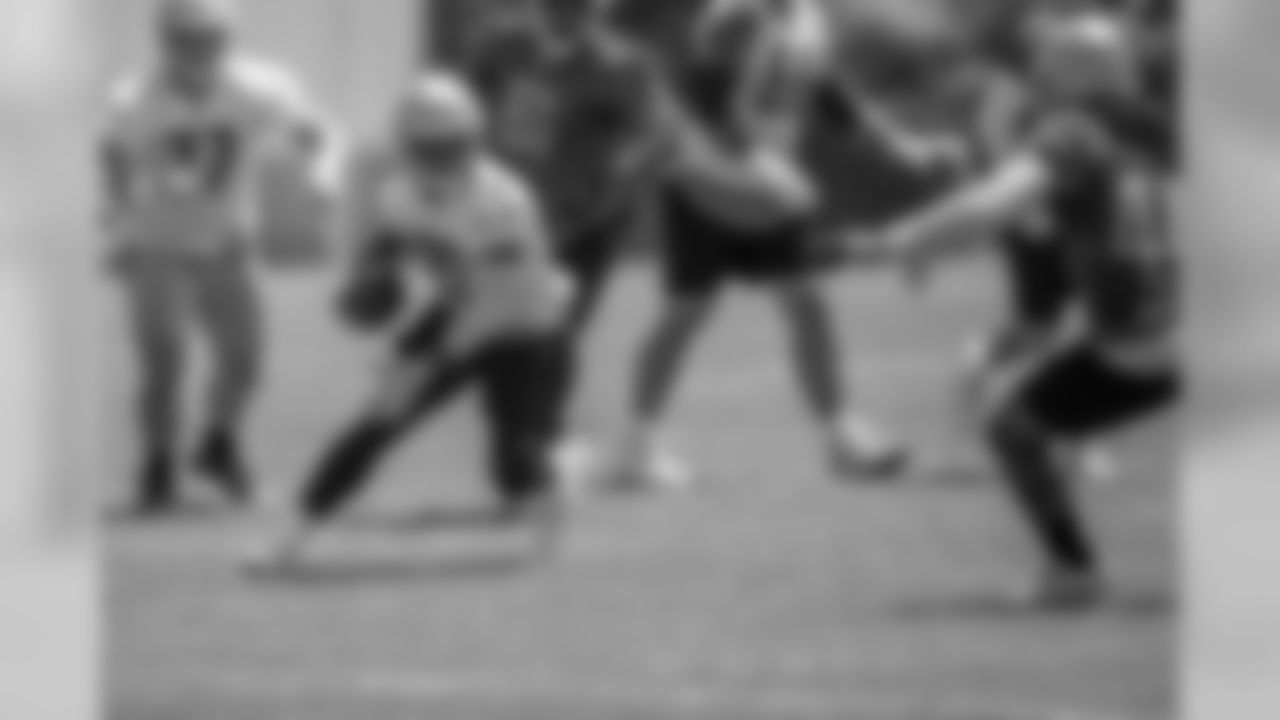
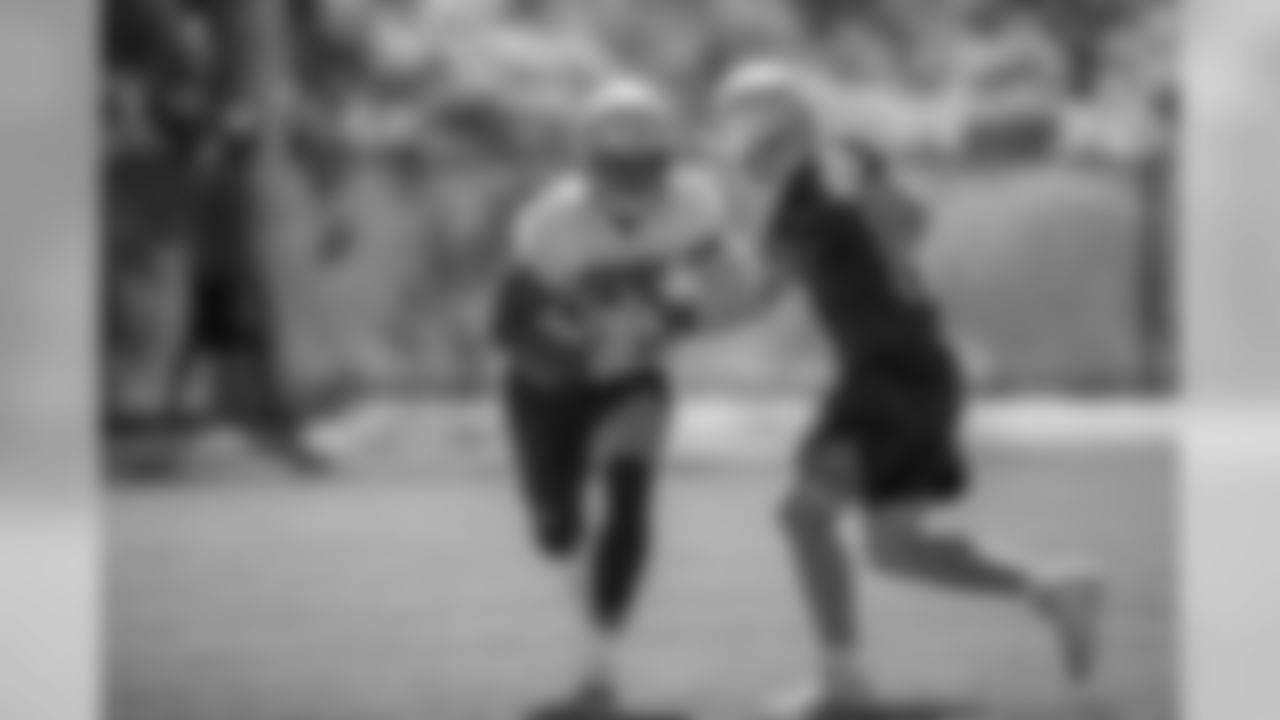
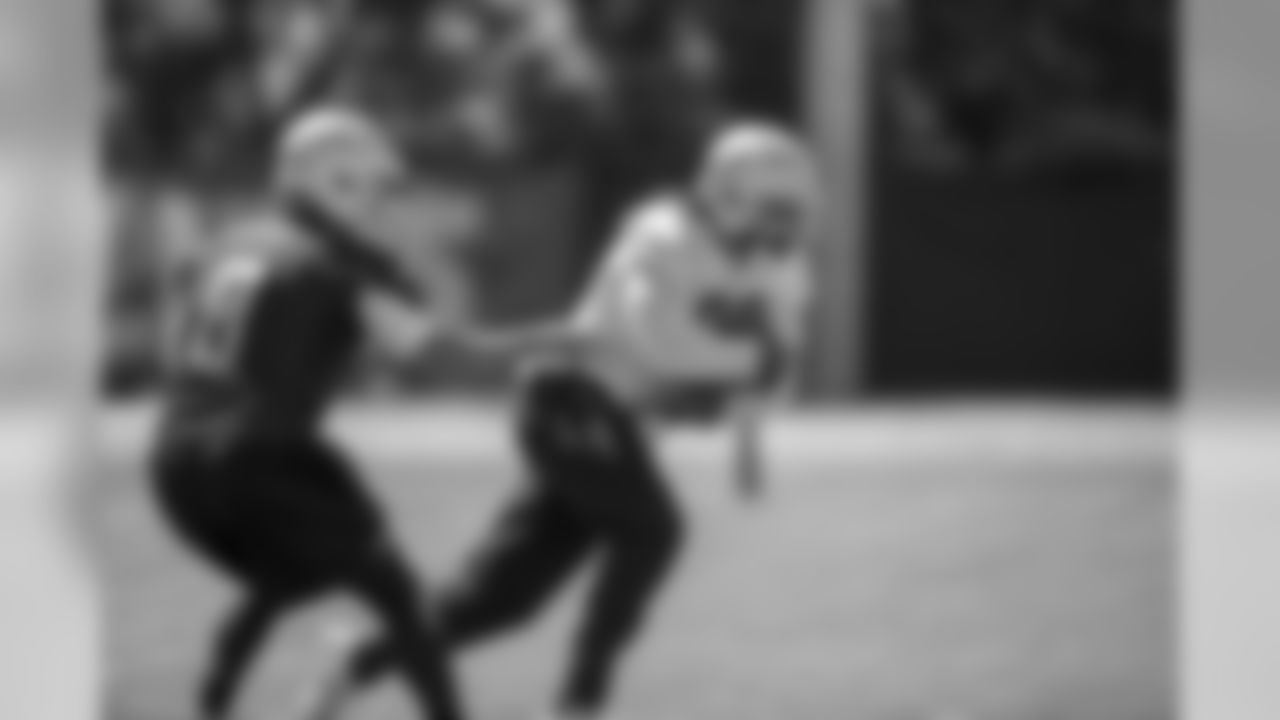
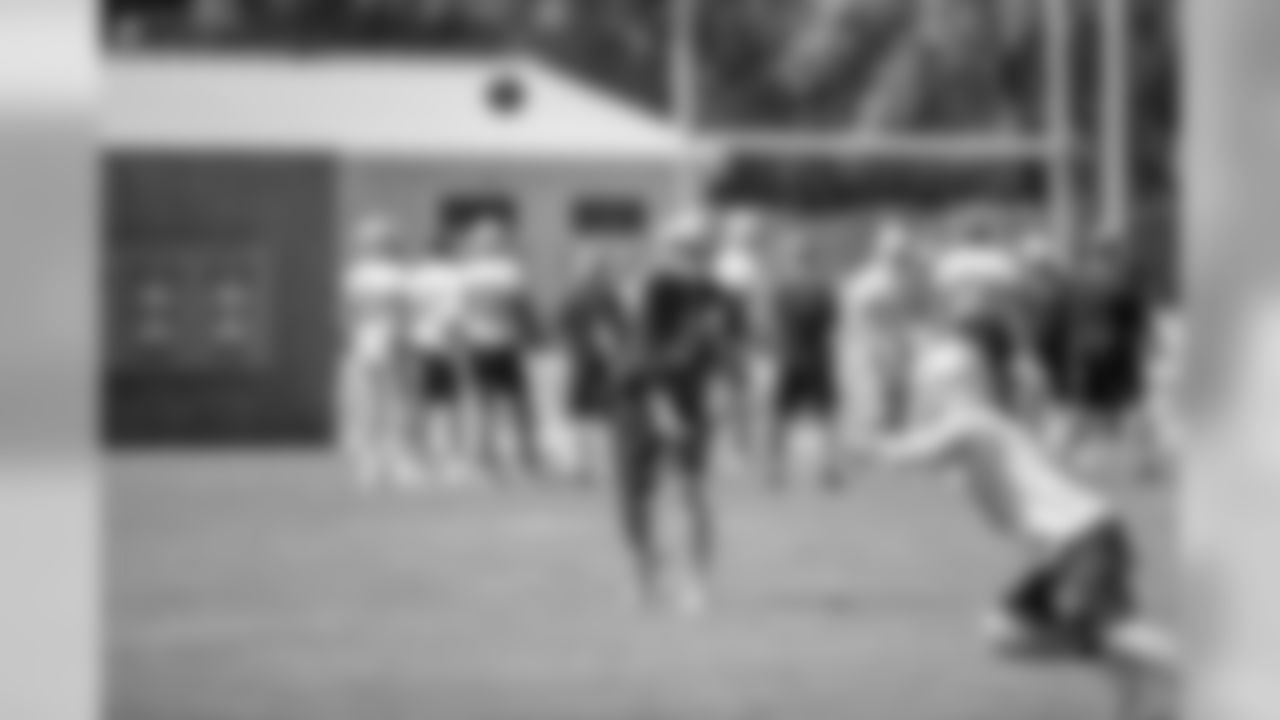
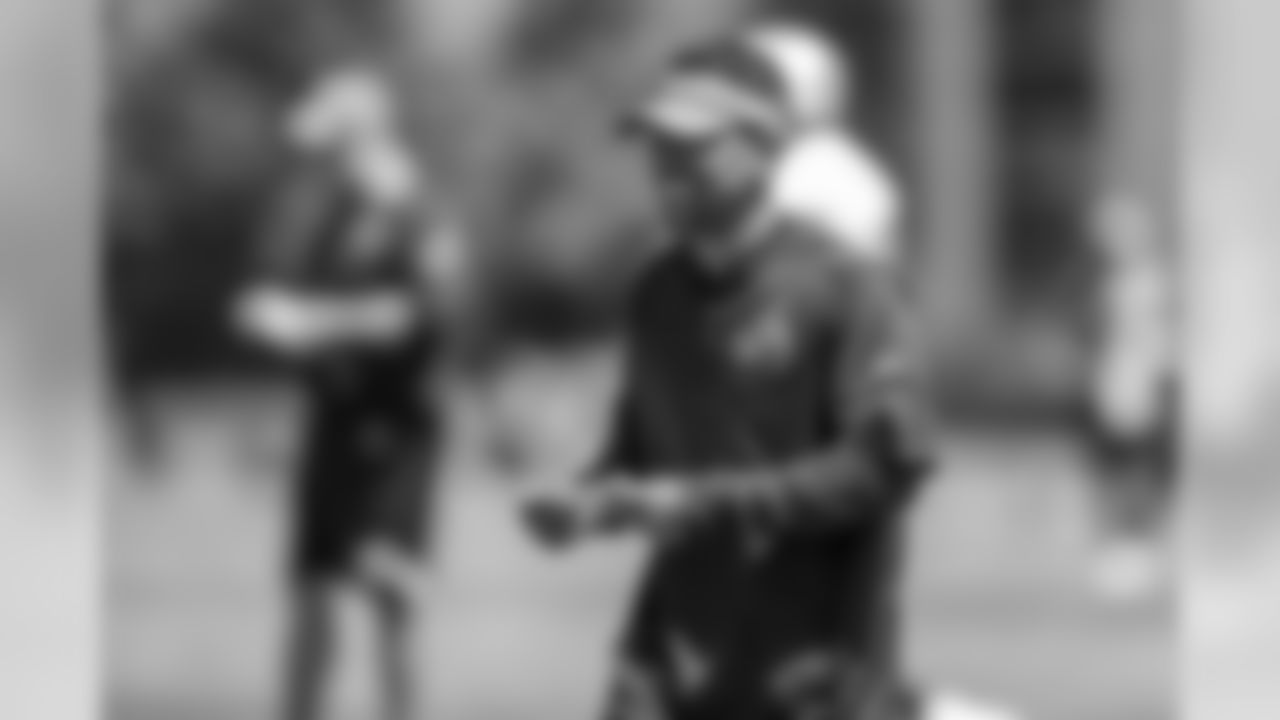
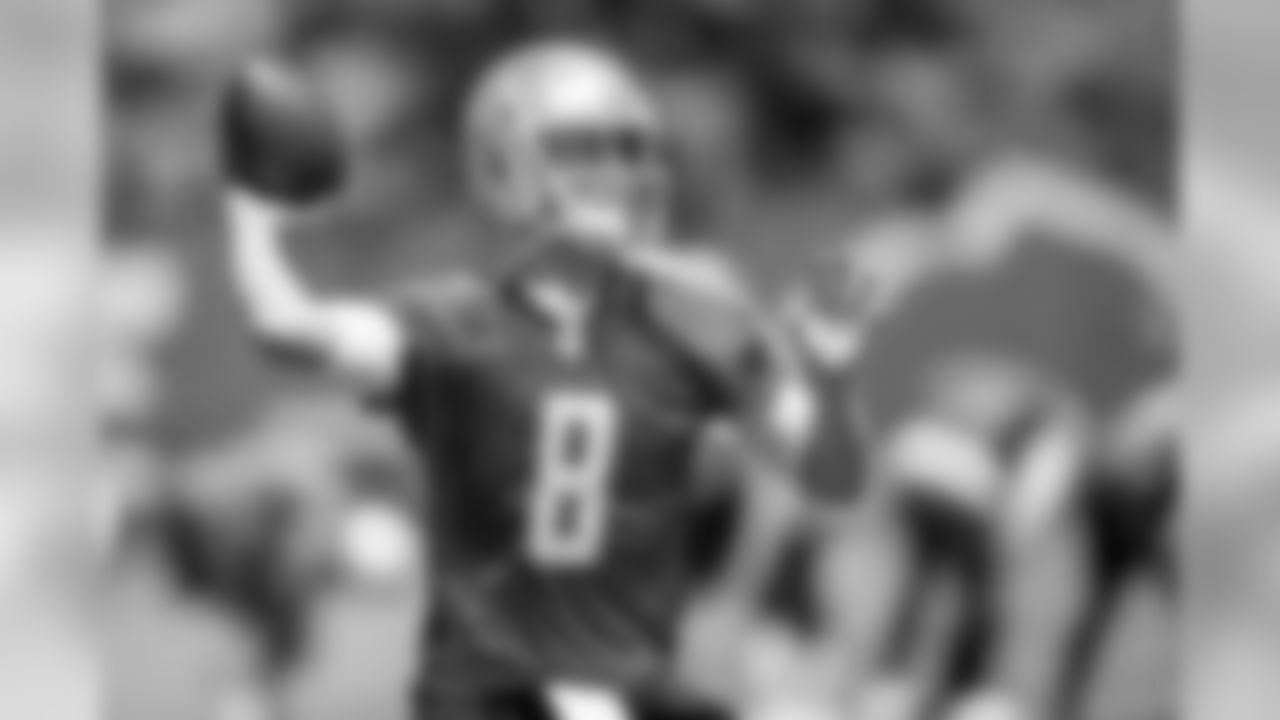
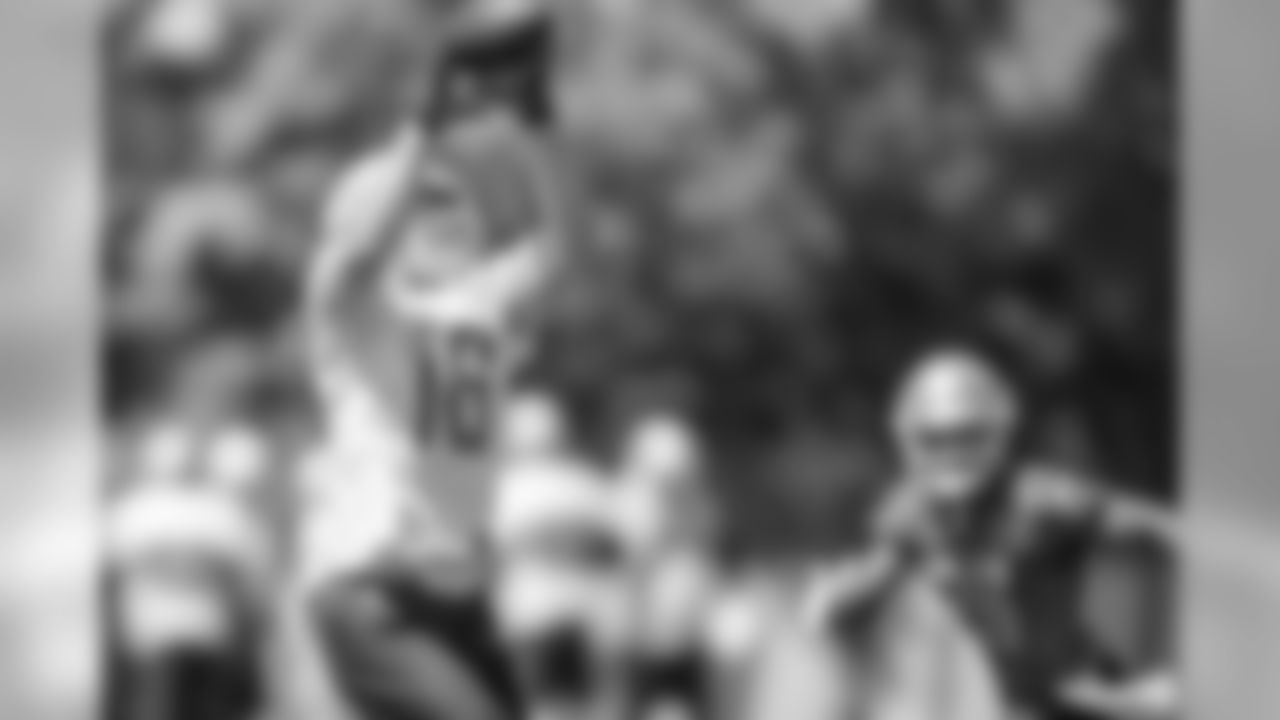
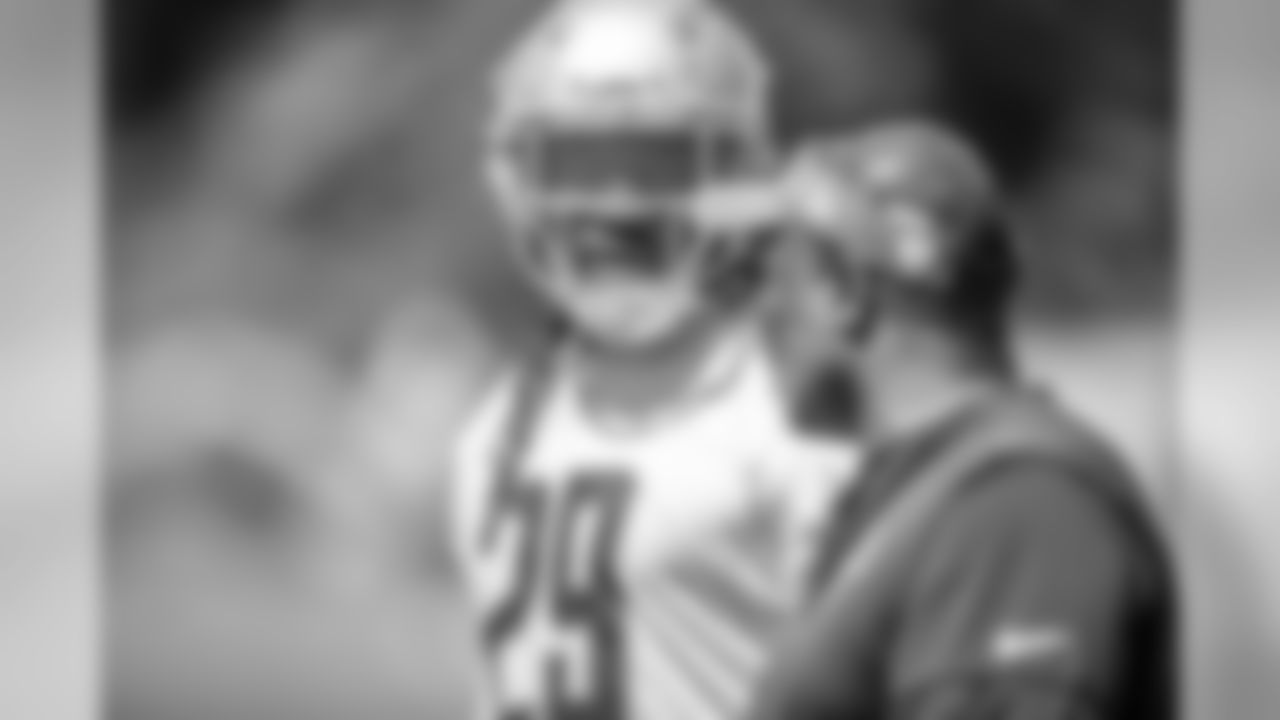
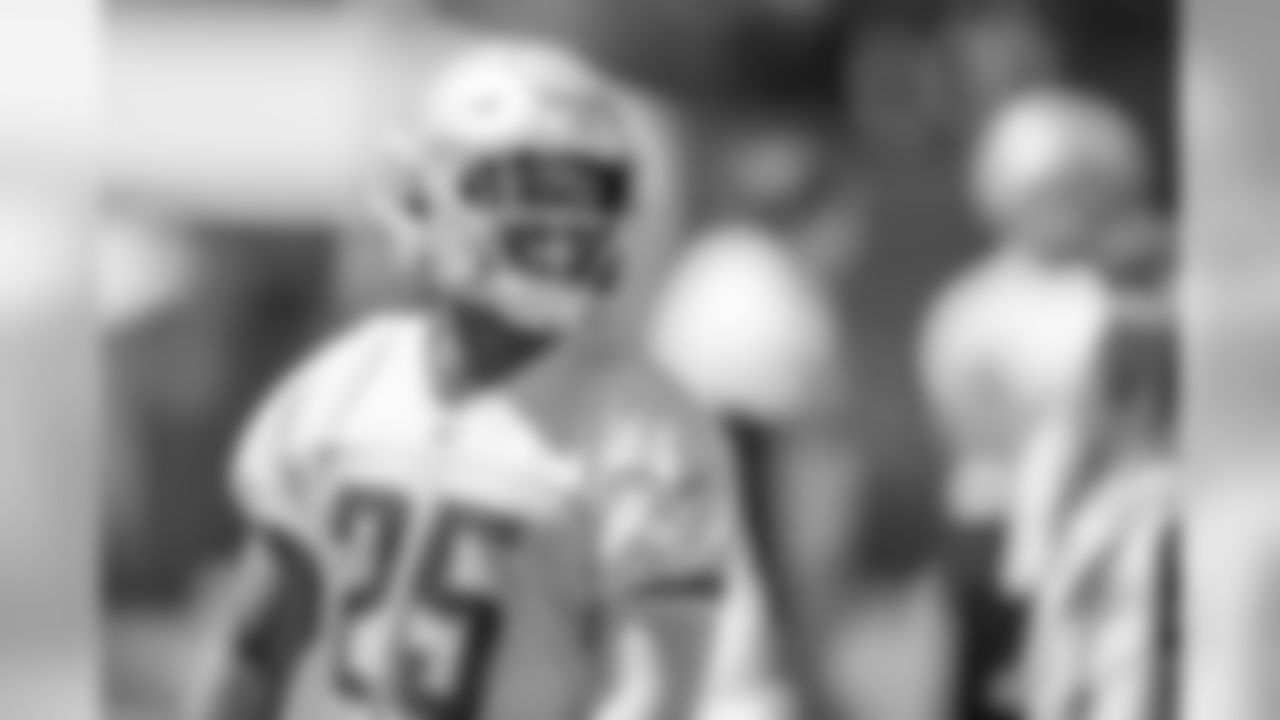
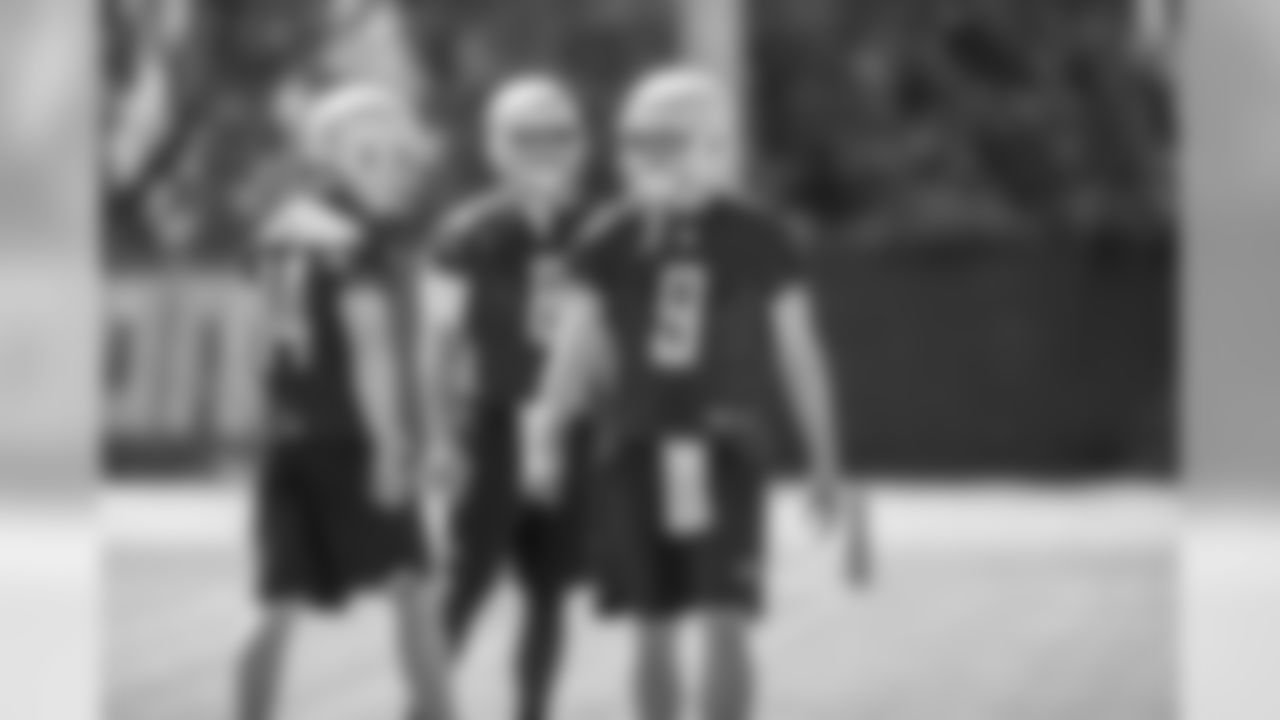
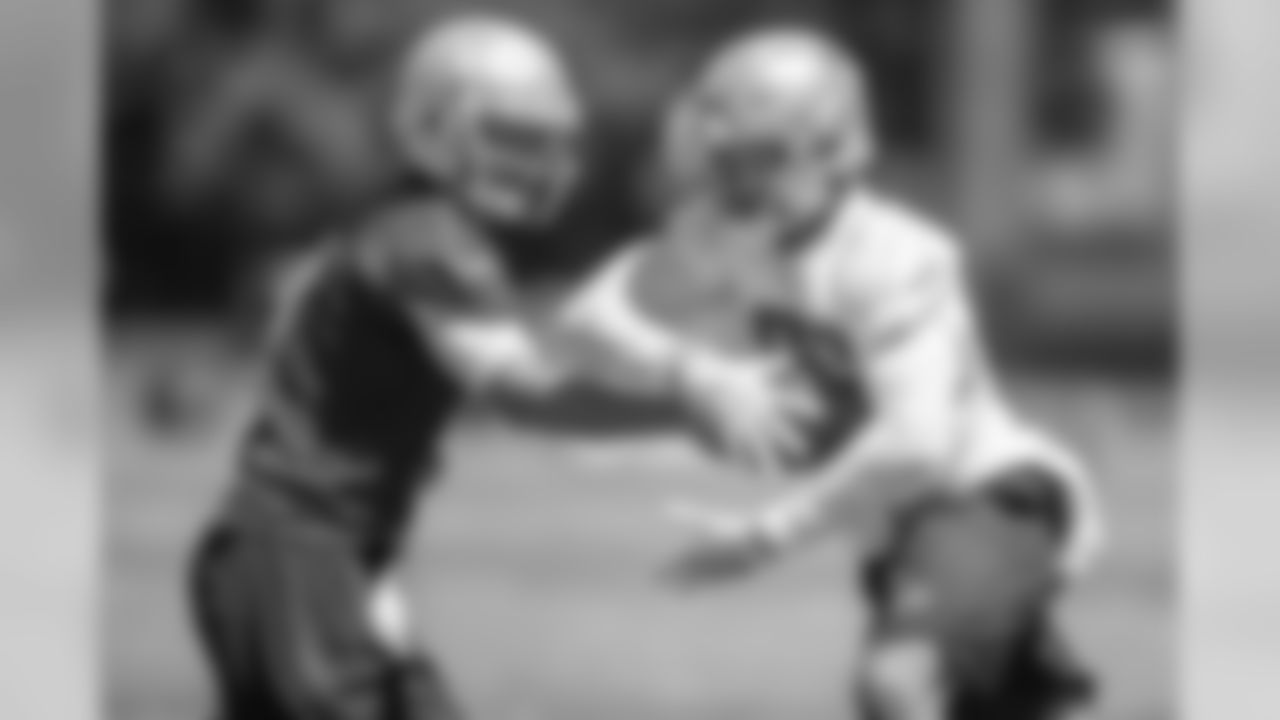
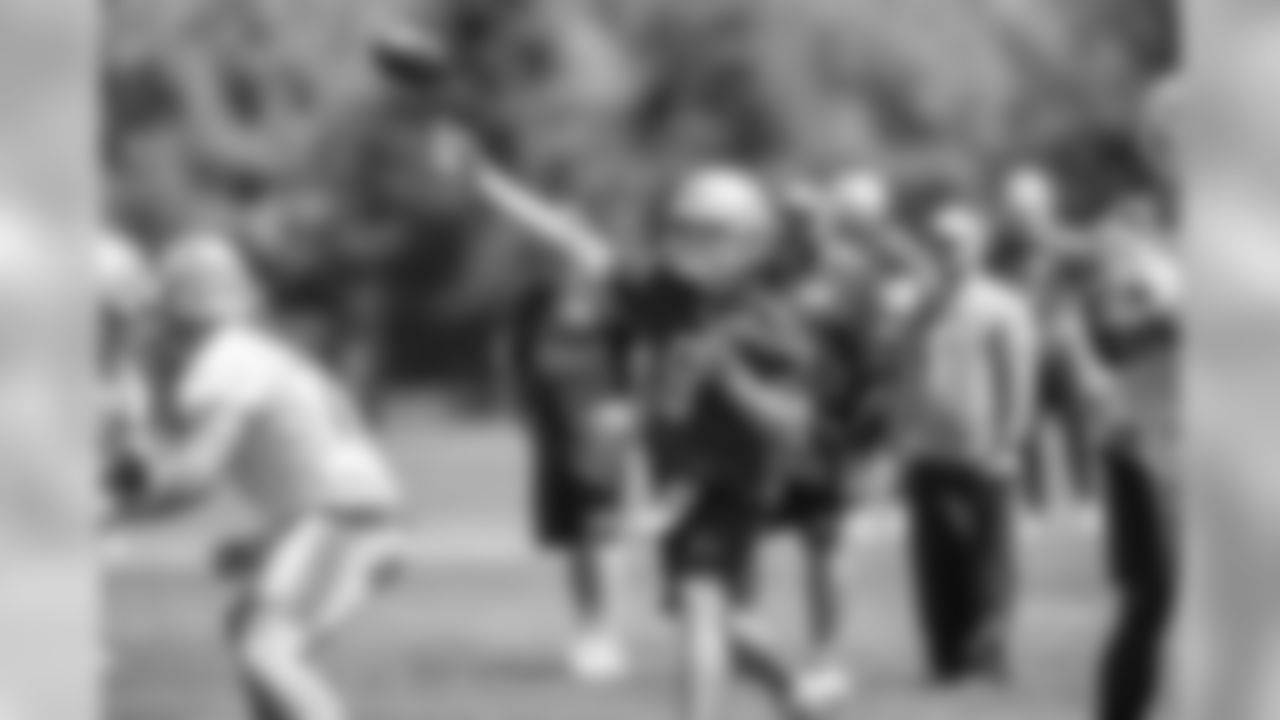
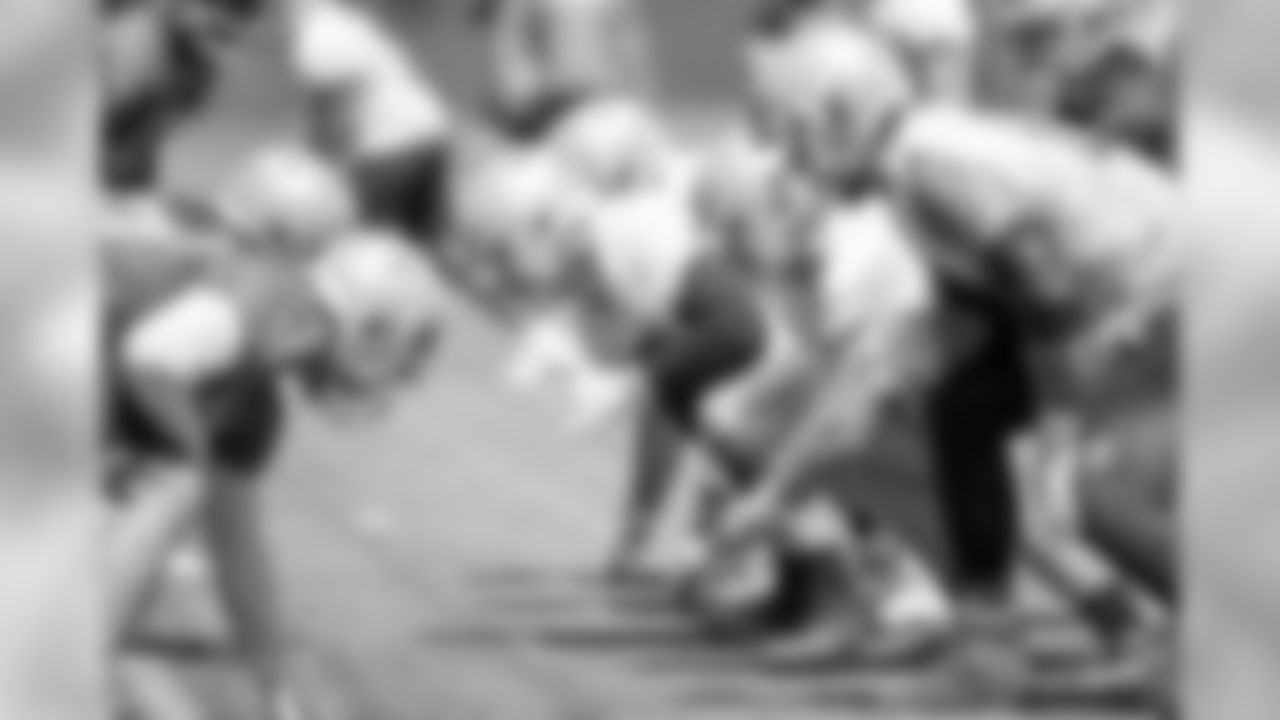
"It's a noncontact camp mode," Patricia said, emphasizing the obvious – practices are without helmets, pads and contact.
"That's what we're in right now. We think we're working in the right direction there in all areas. It's not obviously something we think we've hit to an arrival point.
"The running game will look totally different when we get to training camp, put some pads on, and get a chance to look at everybody from that standpoint."
Billy Sims, Barry Sanders – good luck, timing: When it came to drafting franchise running backs – and the two best in franchise history -- the Lions picked the right time to be bad, and had the good fortune of having a franchise back in the draft.
Sims: The Lions got the first pick in the 1980 Draft as the prize for a league-worst 2-14 won-loss record in 1979. They drafted Sims, the 1978 Heisman Trophy winner from Oklahoma. He was a star from opening day until his career was ended by a knee injury sustained early in the second half of Game 8 against the Vikings in 1984.
Sims was at his peak at the time of the injury, averaging 5.1 yards per carry for the season.
Sanders: The Lions had the third pick in 1989 off a 4-12 record in 1988. They needed some good luck to draft Sanders, and got it when the Packers took offensive tackle Tony Mandarich No. 2.
A gift from the football heavens – courtesy of the Packers' blunder – gave the Lions the most electrifying runner in NFL history and one of the three greatest players in franchise history.
Jahvid Best, Mikel Leshoure – bad luck: Two young backs who were drafted with solid college credentials were limited to one full season each because of injuries.
Best: Former GM Martin Mayhew traded with the Vikings to move up into the first round to take Best 30th overall in 2010. There was an injury risk because of a concussion that ended Best's 2009 season at Cal early.
Best scored five TDs – three rushing two receiving – in his first two games and played all 16 games as a rookie. His career ended because of a concussion sustained in Game 6 of 2011.
The highlight of Best's career – and a look at what he could have been – came in Game 5 of 2011. On Monday Night TV he rushed for 163 yards and clinched a 24-13 win over the Bears with an 88-yard TD run in the second half. He sustained the concussion the next week and never played again.
Leshoure: He was a solid, productive player at Illinois when he came to the Lions as a second-round pick in 2012. Leshoure looked like an ideal fit as an all-round runner, receiver and blocker. However, an Achilles injury sustained early in training camp put him out for his rookie year.
Leshoure flamed out early. He rushed for 798 yards and nine TDs in 2012, and his only 100-yard game that season was Week 3 – an even 100 yards and three TDs in a road win over the Titans.
He had two carries in 2013 and never played again, partly because of personal issues.
Choices: Day 2 of the 2008 draft began with the third round, and the Lions traded with Miami to get the first pick in the round. With a night to research and plan, the Lions filled their need at running back by drafting Kevin Smith of Central Florida.
Wrong choice.
Smith was a durable, productive runner in college, but his lack of speed was obvious from the day he stepped on the practice field. His first two seasons were decent – 976 yards rushing in 2008, 747 in 2009.
Smith started only six games the next three seasons combined, and was out of football after rushing for 134 yards in 2012.
Nine picks after the Lions took Smith, the Kansas City Chiefs drafted Jamaal Charles of Texas. He missed most of three seasons but was All Pro twice, made the Pro Bowl four times and rushed for more than 1,000 yards five times.
His career average of 5.4 yards per carry is second in NFL history for running backs.
What might have been.













